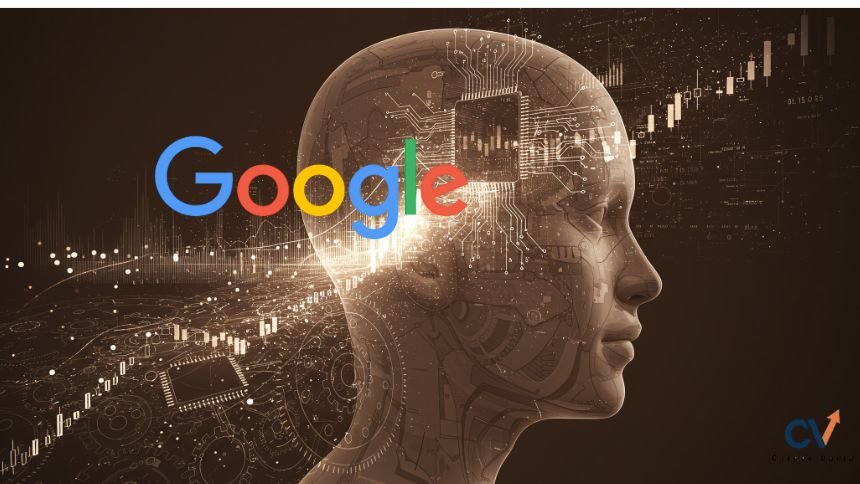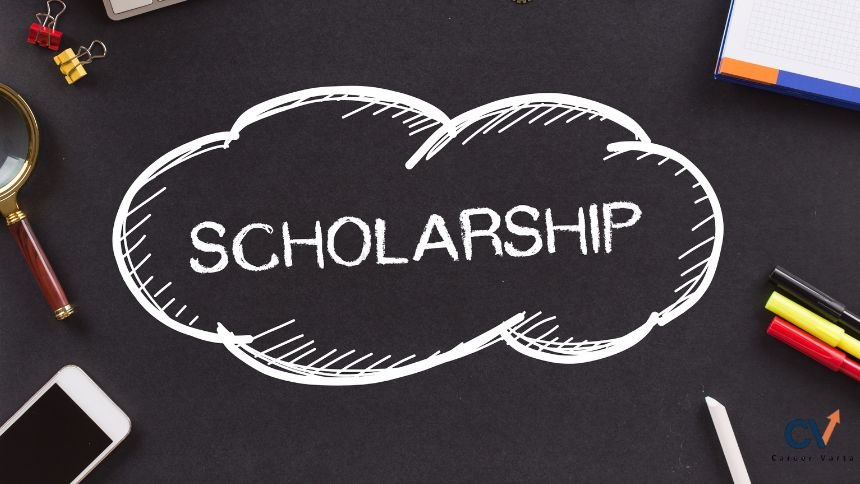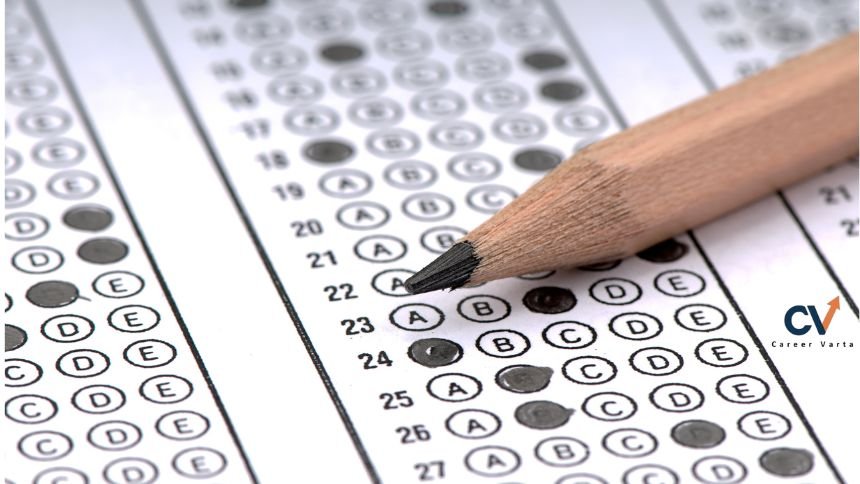📘 Introduction: The Rise of AI in Education
Artificial Intelligence (AI) is no longer just a tech industry buzzword — it’s now shaping how students learn, how teachers teach, and how classrooms function. Among AI tools, ChatGPT by OpenAI has emerged as a prominent player, raising a critical question in the education sector:
Is ChatGPT a boon or a bane for students and educators?
With its ability to generate human-like responses, help solve math problems, explain complex concepts, and even write essays, ChatGPT is transforming digital learning. But with transformation comes controversy.
💡 What is ChatGPT?
ChatGPT is an AI-powered chatbot developed by OpenAI that uses natural language processing (NLP) to understand and respond to human queries. It can:
- Summarize notes and textbooks
- Solve coding and math problems
- Translate and rephrase content
- Draft essays, emails, or reports
- Explain academic concepts in simple terms
Many educational institutions are exploring its use in curriculum support, homework help, test preparation, and language learning.
✅ Boon: Benefits of Using ChatGPT in Classrooms
1. Personalized Learning Support
Students can use ChatGPT as a 24/7 study assistant, getting explanations tailored to their pace and understanding level.
2. Improved Accessibility
For students in remote or underserved areas, ChatGPT offers instant academic help, bridging geographical and teacher-availability gaps.
3. Boost in Creativity and Writing
Students struggling with writing assignments can use ChatGPT for brainstorming, outlining ideas, or refining drafts — improving confidence and output.
4. Language Learning Aid
For non-native English speakers, ChatGPT acts as a language coach, helping with grammar, sentence structure, and vocabulary.
5. Teacher’s Assistant
Teachers can use ChatGPT to:
- Prepare lesson plans
- Generate quiz questions
- Draft classroom content
- Get ideas for engaging students
❌ Bane: Concerns and Limitations
1. Over-Reliance on AI
Students might become dependent on ChatGPT for completing assignments, which can hamper their original thinking and analytical skills.
2. Plagiarism and Academic Integrity
ChatGPT-generated answers can lead to copy-paste submissions, raising red flags on academic honesty and fairness.
3. Misinformation Risks
Though powerful, ChatGPT may sometimes produce incorrect or outdated information, especially if not fact-checked.
4. Lack of Emotional Intelligence
AI lacks the empathy, moral judgment, and human connection that educators bring to the classroom.
5. Digital Divide
In low-income or rural areas, limited access to internet and devices may deepen educational inequalities if ChatGPT becomes a norm.
🧑🏫 Educator & Government Perspectives
The Ministry of Education and bodies like CBSE, NCERT, and AICTE have acknowledged the potential of AI tools but urge responsible integration.
Pilot programs are being explored where ChatGPT-like tools are:
- Used in teacher training
- Introduced in AI awareness workshops
- Included in digital literacy campaigns in collaboration with PM eVIDYA, SWAYAM, and DIKSHA portals
📚 Key Resources
- 🔗 OpenAI – ChatGPT
- 🔗 NCERT Digital Initiatives
- 🔗 SWAYAM Platform
- 🔗 DIKSHA Portal
- 🔗 AICTE – AI Tools in Education Guidelines
- 🔗 PM eVIDYA Scheme
⚠️ Disclaimer
This article is meant for informational purposes only. CareerVarta does not promote or discourage the use of any AI tool in educational settings. Readers are encouraged to consult teachers, institutions, or government guidelines before integrating such tools into academic routines.








